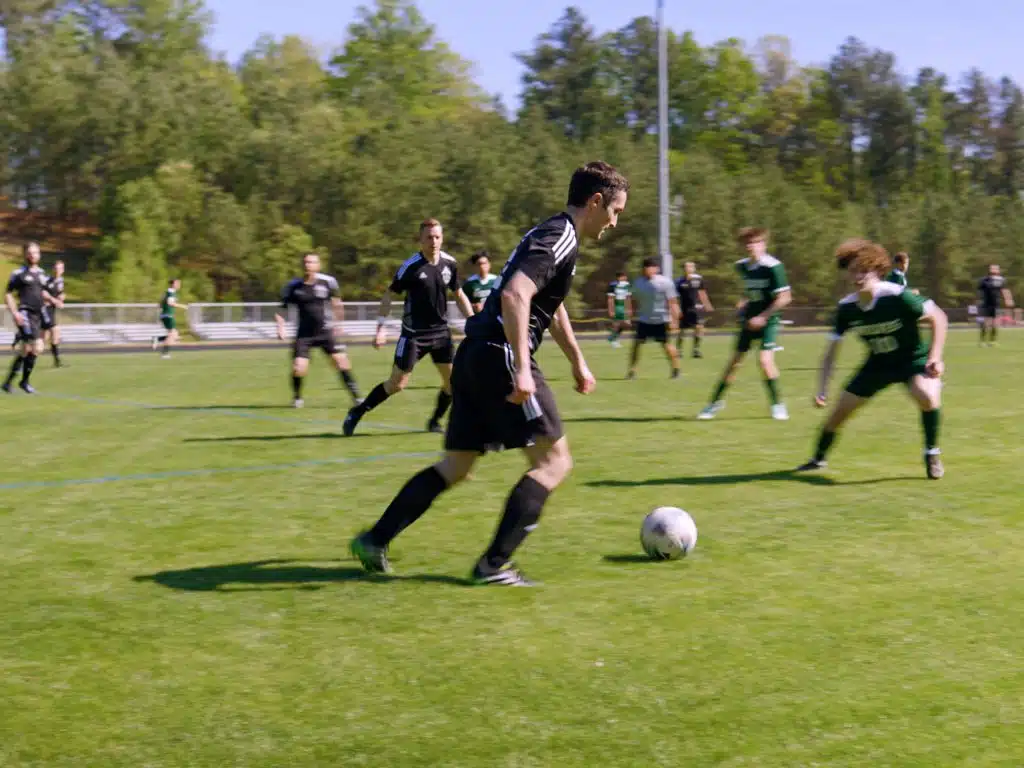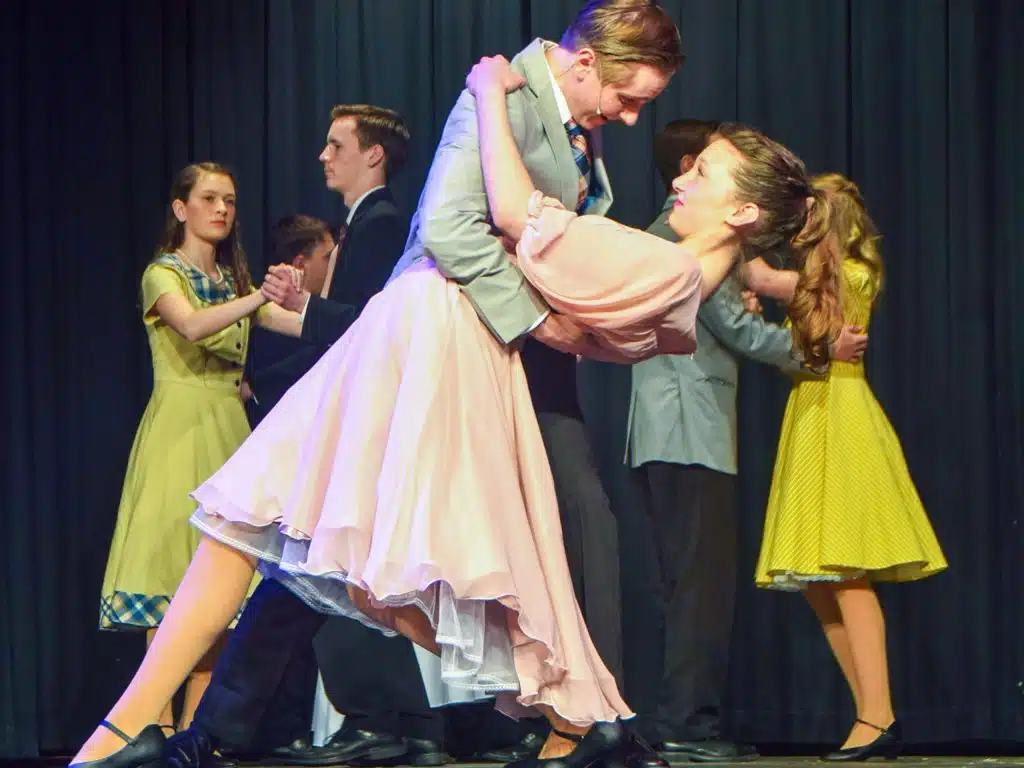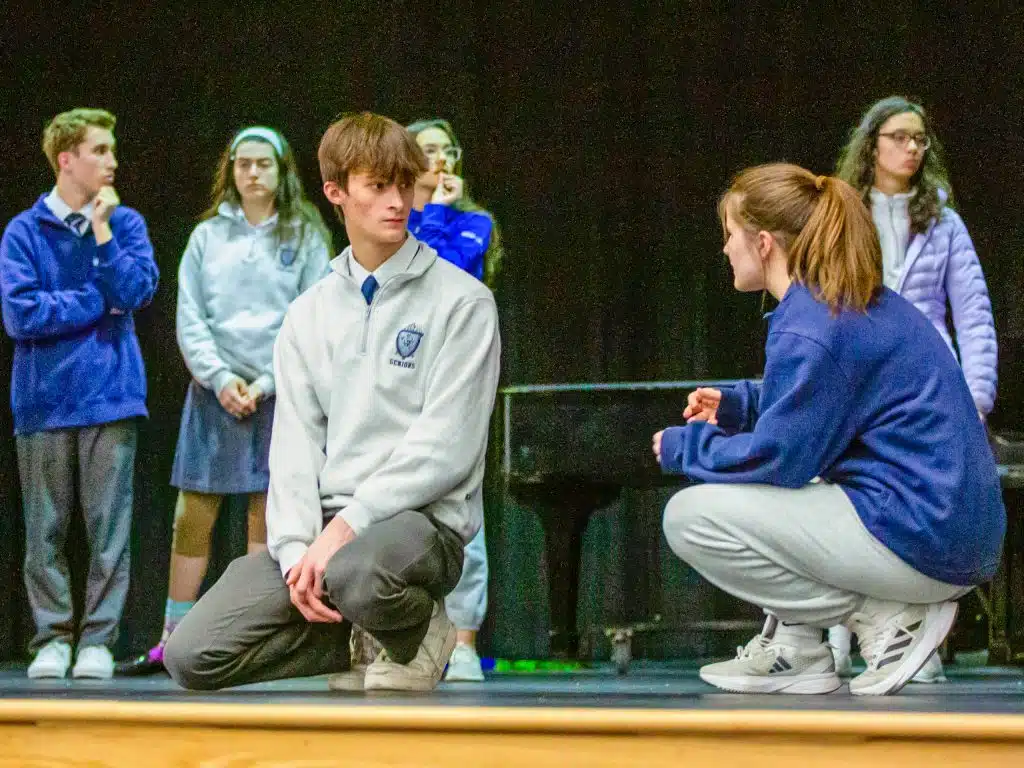Every student at Seton School in Manassas is required to participate in the science fair at least one year to graduate.
Most students will fulfill this requirement while they are enrolled in biology class freshman year. This year, the high school science fair took place Jan. 24 and was run by Charles Chalkley, the new biology teacher. He assisted the students with any questions they had and gave them guidance on project ideas and implementation.
After months of work, the students finally presented their projects to the judges. There were nine categories of projects with winners in each, and then an overall winner. Some of this year’s categories were medicine and health, biochemistry and microbiology. The students worked hard and took pride in their projects, so the competition was fierce. The award ceremony at the end of the day had the student body eagerly awaiting the results.
The overall first-place winner was freshman Nicholas Moore. For his project, in the engineering category, he designed and built a controlled hydropneumatic piston.
Chalkley detailed his part in helping the students prepare. “From the beginning, I’m helping them to choose a topic that interests them and to understand that topic to a greater depth. I’m guiding them through the background research, and the underlying scientific ideas that make up the concepts they are working with while helping them to flesh out their idea into an actual experimental design and to carry it out, and to analyze their results.”
“I hope they take away that science is something that they are capable of doing and that, while it can be challenging, it can be learned and hopefully enjoyed,” he added. “I hope they view science as something useful to them in their daily lives and that they have a new appreciation for the work of scientists as well. I think the students’ participation in the science fair gives them a good understanding of how to look at a problem or a question, logically and scientifically — to break it down into testable concepts and steps. I think it also helps them to look at scientific results that you hear about in the news in a more critical way.”
Seventh graders from Seton took part in the annual junior high science fair Jan. 31. “The science fair helps our students learn to think logically through a problem,” said Beth Carpenter, Seton science department head. “It also helps build self-confidence as it teaches perseverance and resilience. In short, grounding the students in the scientific method lays the foundation for critical thinking skills Seton students need to succeed in high school.”
The science fair is all about applying the scientific method to everyday life. Junior high students presented projects from various fields and types of science, including animal sciences and microbiology.
Among the most impressive of the projects was seventh-grader Clare Judge’s project in the plant sciences category. In her experiment, she tested the effect of different colored lights on the growth of plants. Clare not only won first prize in her category, but also was awarded the grand prize of the junior high fair. In addition, 15 other seventh-graders received awards.
Judges and teachers alike agreed that the students had done an excellent job. Throughout the fair, the judges remarked to the teachers how well the students were prepared. Despite the success of every one of the students, many of them were nervous about their presentations. As seventh-grade student Chiara Ghering said, “It was nerve-wracking to watch all my classmates presenting before it was my turn.”
The science fair is a great opportunity for every student to experience the scientific method.
Even though many of their hypotheses were disproven, each one learned from their mistakes. As Albert Einstein said, “The only source of knowledge is experience.” At the end of the award ceremony, it was impressive to see the numerous hard-working students recognized for their achievements.
As always, it’s the unsung heroes of the science fair, such as the many diligent volunteers, judges and coordinators, who made this event possible. And of course, the dedicated science staff who tirelessly worked to help the students do their best.



